Can a landscape be art?
inkognito
17 years ago
Featured Answer
Comments (34)
nicethyme
17 years agoCady
17 years agoRelated Professionals
Simpsonville Landscape Architects & Landscape Designers · Fitchburg Landscape Architects & Landscape Designers · Milford Landscape Contractors · Westwood Landscape Contractors · Belmont Landscape Contractors · Dedham Landscape Contractors · The Villages Landscape Contractors · Waipahu Landscape Contractors · Markham Landscape Contractors · Maple Grove Decks, Patios & Outdoor Enclosures · Dearborn Decks, Patios & Outdoor Enclosures · Huntington Decks, Patios & Outdoor Enclosures · Miami Decks, Patios & Outdoor Enclosures · Tysons Corner Stone, Pavers & Concrete · Stanford Swimming Pool Buildersbonsai_audge
17 years agopls8xx
17 years agoCady
17 years agomistybear11
17 years agolaag
17 years agolucy
17 years agoblue_velvet_elvis
17 years agoinkognito
17 years agomiss_rumphius_rules
17 years agorusty_blackhaw
17 years agoginny12
17 years agomaro
17 years agoinkognito
17 years agorusty_blackhaw
17 years agoBrent_In_NoVA
17 years agoinkognito
17 years agorusty_blackhaw
17 years agoinkognito
17 years agolaag
17 years agoCady
17 years agorusty_blackhaw
17 years agobella_2006
17 years agolaag
17 years agoinkognito
17 years agoginny12
17 years agotxjenny
17 years agoinkognito
17 years agolaag
17 years agoinkognito
17 years agomohavemaria
17 years agoCady
17 years ago
Related Stories
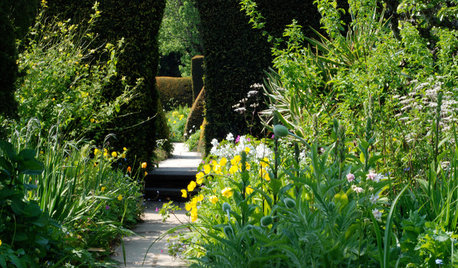
LANDSCAPE DESIGN8 Ways a Garden Can Draw You In
What's that beckoning from the far corners of the garden? Create a sense of discovery with cutouts, pathways, art and more
Full Story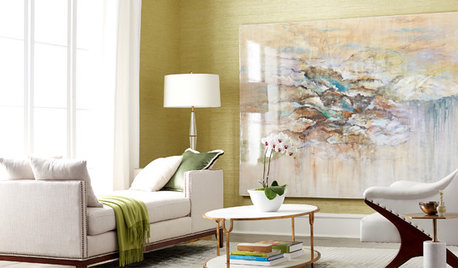
DECORATING GUIDES5 Ways Art Can Improve Your Room Design
Artwork can bring together the elements of a room by being a focal point, a color inspiration, a harmonizer and more
Full Story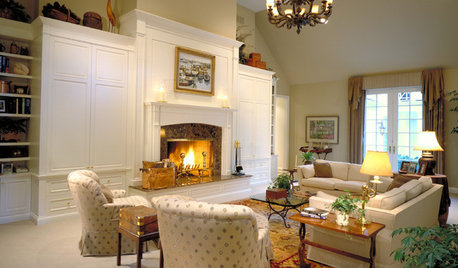
DECORATING GUIDESWall Art for Traditional Living Rooms Can Fit or Break the Mold
Tips on How to Pick a Piece That You Love, From Paintings to Mirrors, Classic to Contemporary
Full Story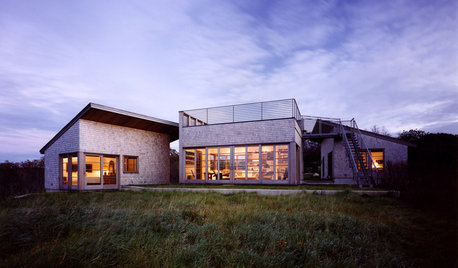
ARCHITECTUREDesign Workshop: How a Site Can Shape a Home
Create architectural poetry by looking to a site's topography, climate, trees and more to inform the home's design
Full Story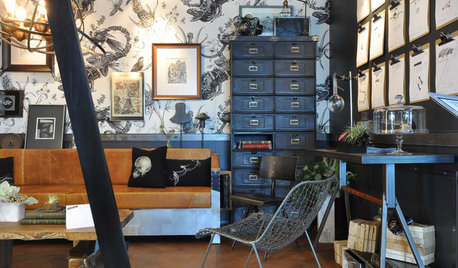
THE ART OF ARCHITECTUREDesign Practice: 11 Ways Architects Can Overcome Creative Blocks
When inspiration remains elusive, consider these strategies for finding your creative muse
Full Story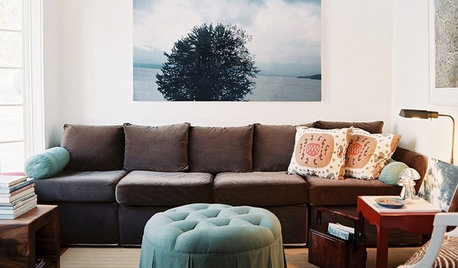
DECORATING GUIDES10 Ways Photos Can Make a Room
Keep your favorite views forever with a fresh take on a photo wall
Full Story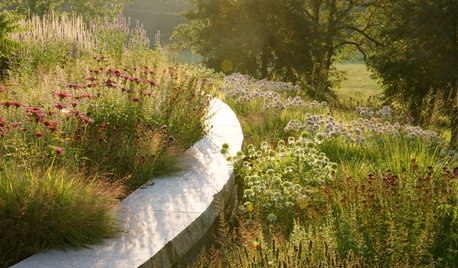
GARDENING GUIDES4 Ways Gardens Can Go Beyond Aesthetic Beauty
Our landscapes can play an even more meaningful role if we rethink their purpose
Full Story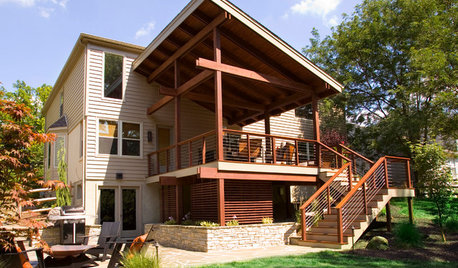
MOST POPULARSee the Difference a New Back Deck Can Make
A dramatic 2-story porch becomes the centerpiece of this Ohio family’s renovated landscape
Full Story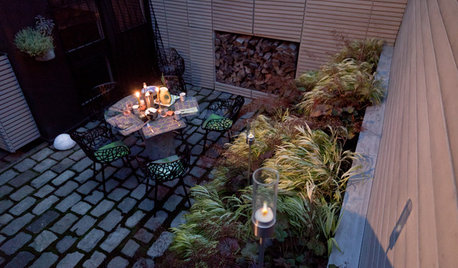
URBAN GARDENSCan-Do Design Ideas From 8 City Gardens
Look to urban rooftops, walkways and street patches for small-space gardening approaches that embrace what's nearby
Full Story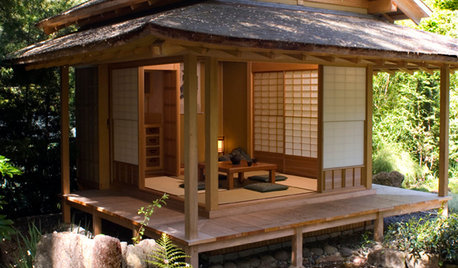
DREAM SPACESWe Can Dream: Nurturing Escapes for Penning a Poem
16 picturesque hideaways built to inspire contemplation and a favorite slow art form
Full StoryMore Discussions






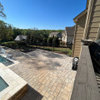


laag